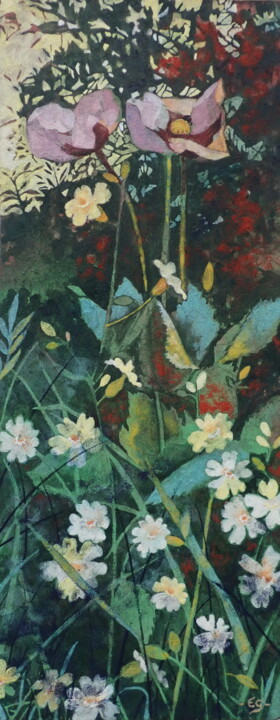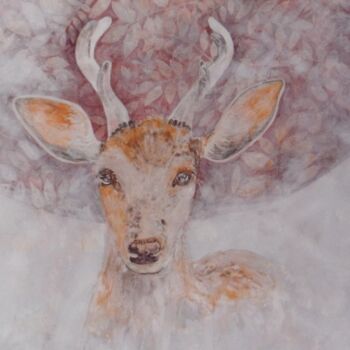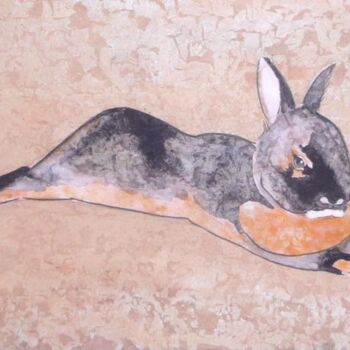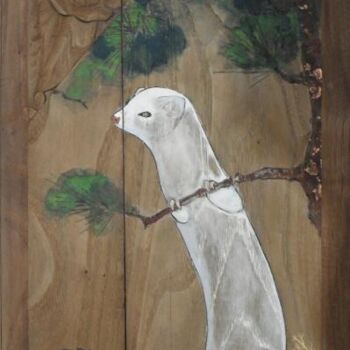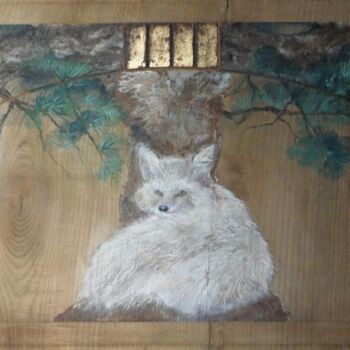Fleurs d'été (2020) Tablo Valérie Eguchi tarafından
Satıldı
Valérie Eguchi daha fazla sanat çalışmalarını gör !Sanatçı komisyonda eserler sunuyor
Bu eseri satın alma fırsatını kaçırdınız mı? İyi haber: Sanatçı aynı zamanda sadece sizin için özel bir eser de yaratabilir!
Valérie Eguchi tarafından satılır
Valérie Eguchi tarafından satılır
Bu resim bir lisans ile indirilebilir
Valérie Eguchi tarafından satılır
-
Orijinal sanat (One Of A Kind)
Tablo,
Kâğıt tarihinde
Pigmentler
- boyutlar Yükseklik 16,3in, Genişlik 6,5in
- Çerçeveleme Bu sanat çerçeveli (Floating Frame)
- Kategoriler Resimler $1.000'nun altında Figüratif
Pigments minéraux sur washi fixé sur contreplaqué.
La technique utilisée est celle du nihonga. Technique de peinture japonaise traditionnelle
#artistsupportpledge
Cette œuvre est une œuvre d'art originale unique
İlgili temalar
-
Milliyet:
FRANSA

- Doğum tarihi : bilinmeyen tarih
- Sanatsal alanlar:
- Gruplar: Çağdaş Fransız Sanatçılar

